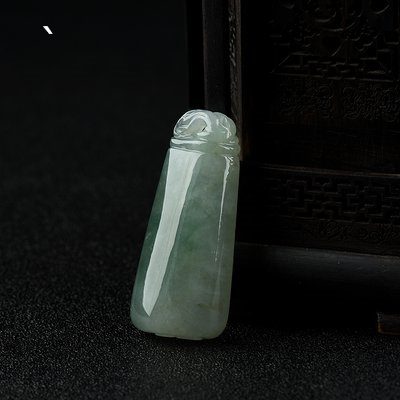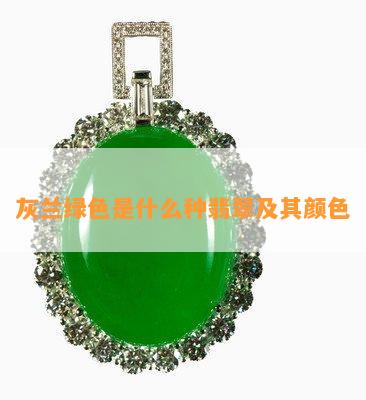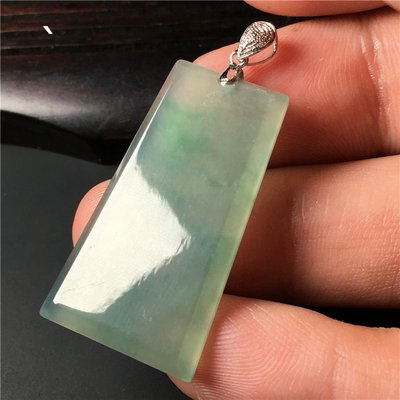玉石跟玉石敲击辨真假的方法及声音
Title: Methods to Differentiate between Genuine and Fake Jade Stones through Percussion Sounds
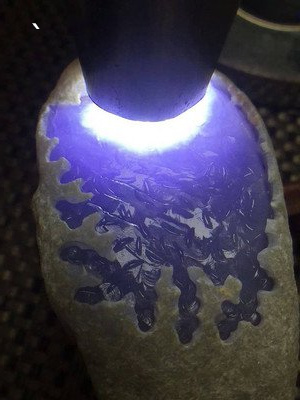
Introduction:
Jade stones have been highly valued for centuries due to their beauty and cultural significance. With the increasing demand for jade in the market, it has become crucial to be able to distinguish between genuine and fake jade. One common method used is tapping or percussing the stone, which can reveal important clues about its authenticity. This article will explore the significance of percussion sounds in determining the genuineness of jade stones, discussing their differences, similarities, methods, and the sounds produced.
Genuine Jade stones are highly coveted for their unique properties, such as their deep green color and distinctive markings. However, fake or imitation jades made from materials like glass, resin, or plastic attempt to replicate these properties. Percussion testing offers a quick and direct method to verify the authenticity of jade stones.
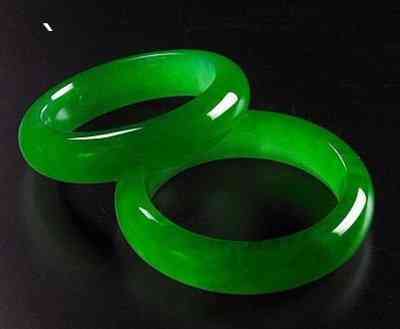
Differences in Percussion Sounds:
When tapping two genuine jade stones together, a clear and melodious sound is produced, similar to the chime of a bell. On the other hand, when a genuine jade stone is tapped against a fake one, the sound may be dull and lack resonance. Fake jade stones often produce a clinking sound due to their different texture and density. Recognizing these differences is essential in distinguishing genuine jade from imitations.
Similarities in Percussion Sounds:
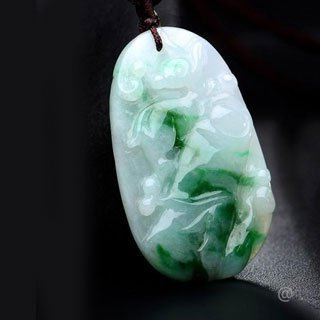
It is important to note that the sound produced by percussion testing can vary based on the type and quality of the jade stones. Even genuine jade stones can have different degrees of density or texture, resulting in slight variations in sound. Therefore, experience and familiarity with different types of jade are essential for accurately discerning genuine stones.
Methods for Percussion Testing:
1. Direct Tapping: Tap two jade stones together and listen to the sound produced. Genuine jade will resonate with a clear and melodious sound.
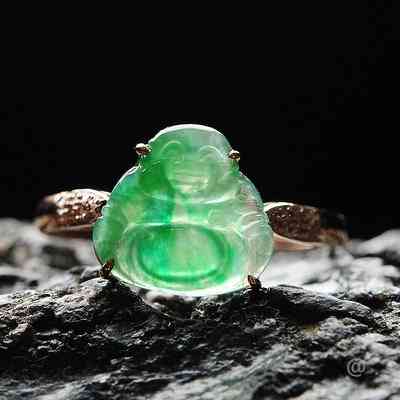
2. Tapping on Different Surfaces: Tap the jade stone against a hard surface, such as glass or ceramic, and observe the resulting sound. Genuine jade will produce a pleasant, resonating sound, while fake jade may have a dull or clinking sound.

3. Comparison Testing: Compare the sound produced when tapping two different stones. If there is a clear difference in sound between the two, one of them may be fake.
Percussion Sounds of Jade Stones:
The sound produced by genuine jade stones is often described as \



